Sleep Apnea Device
Sleep Apnea Device
Sleep apnea is a common disorder in which you have one or more pauses in breathing or shallow breaths while you sleep. Breathing pauses can last from a few seconds to minutes. They may occur 30 times or more per hour. Typically, normal breathing then starts again, sometimes with a loud snort or choking sound.
Sleep apnea is usually a chronic (ongoing) condition that disrupts your sleep. When your breathing pauses or becomes shallow, you'll often move out of deep sleep and into light sleep. As a result, the quality of your sleep is poor, which makes you tired during the day.
The most common type of sleep apnea is obstructive sleep apnea (OSA). In this condition, the airway collapses or becomes blocked during sleep.
Untreated Sleep Apnea Can
Increase the risk of high blood pressure, heart attack, stroke, obesity, and diabetes
Make irregular heartbeats more likely
Increase the risk of having work related or driving accidents
Oral appliances are most effective in the treatment of mild to moderate sleep apnea although they do provide a treatment alternative for patients with severe OSA who cannot or will not tolerate positive airway pressure therapy (CPAP). Despite their double-retainer-like appearance, oral appliances are said to be comfortable to use. Sometimes for more complicated sleep apnea an oral appliance and CPAP are used in combination.
Dr. Ganeshappa favors a “mandibular repositioning dental appliance,” a device that moves the lower jaw forward. It will serve to reduce the likelihood of the sleeper's tongue falling backward far enough to block the airway.
Ask Dr. Ganeshappa if a Sleep Apnea Device could be right for you.


